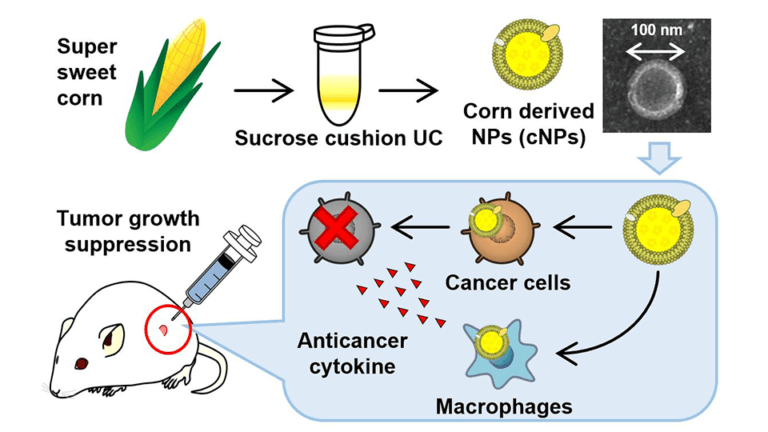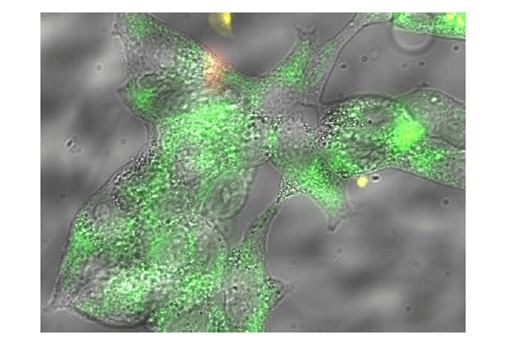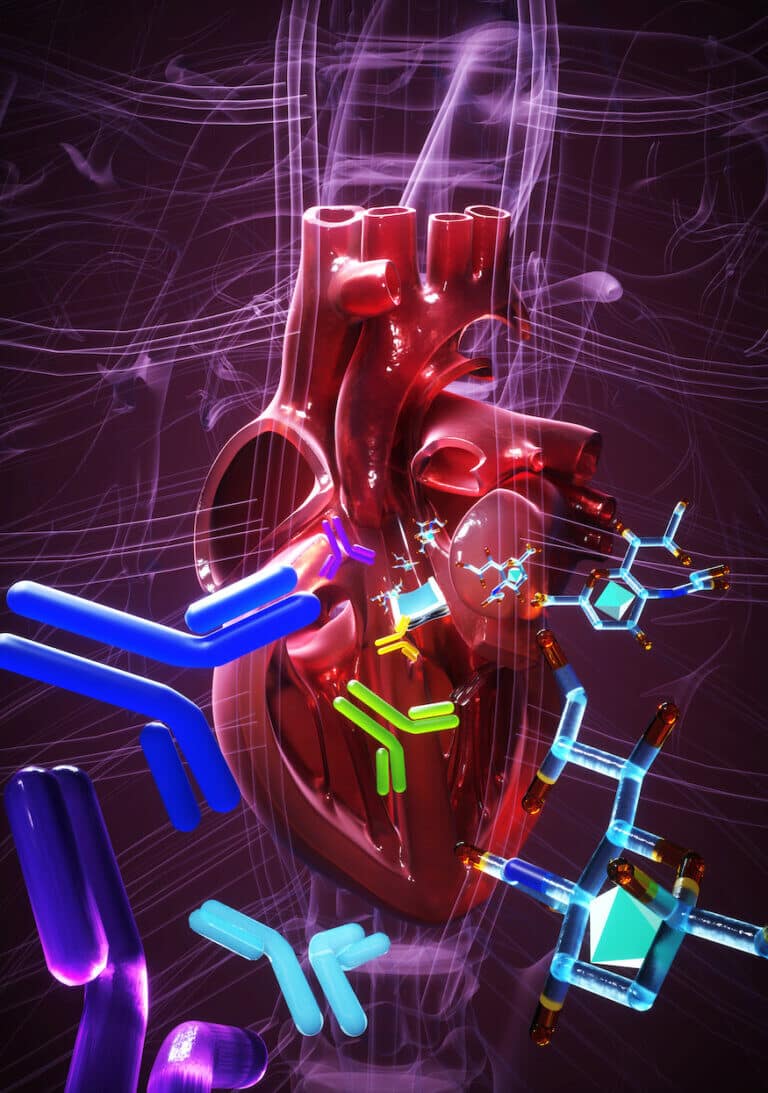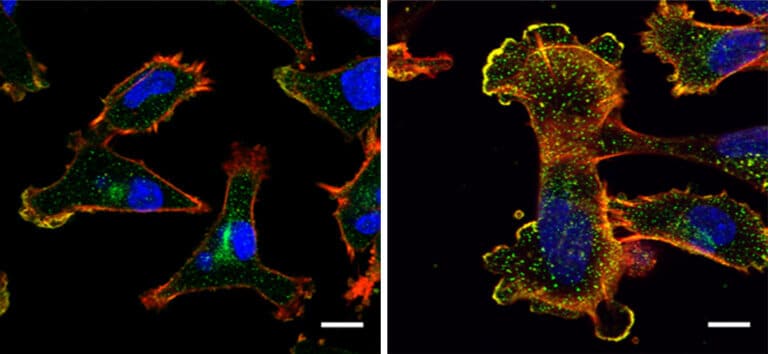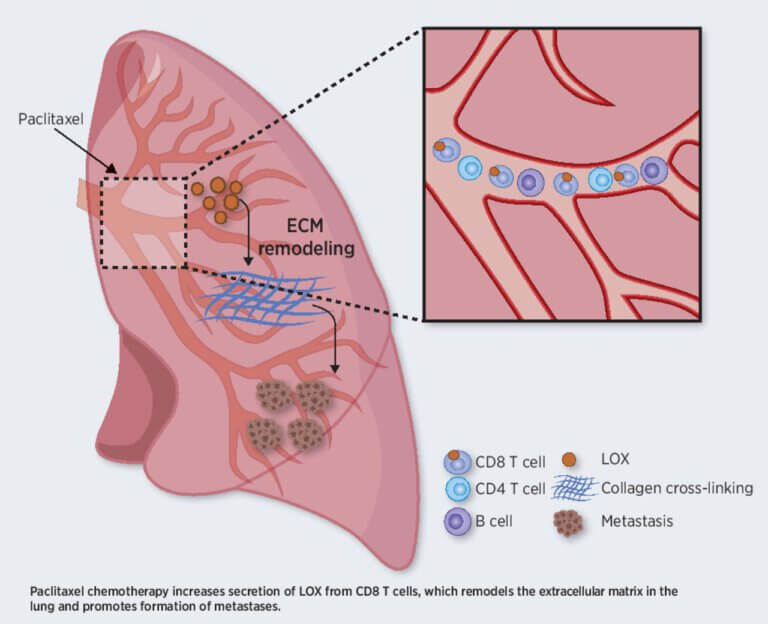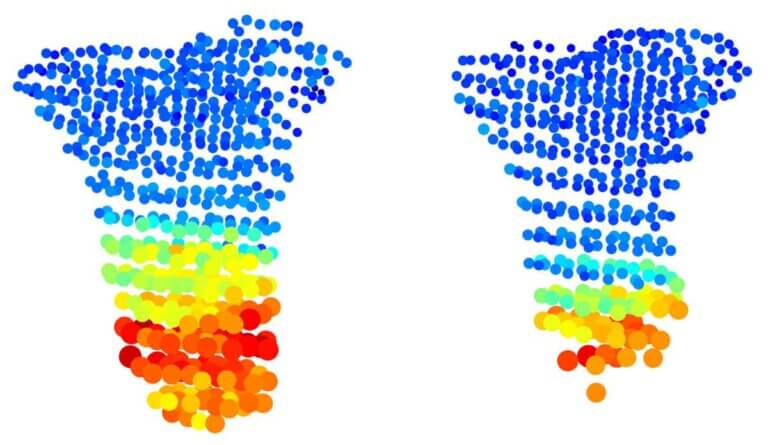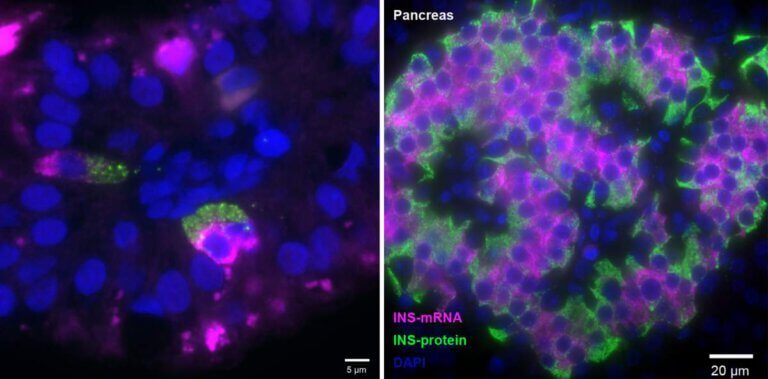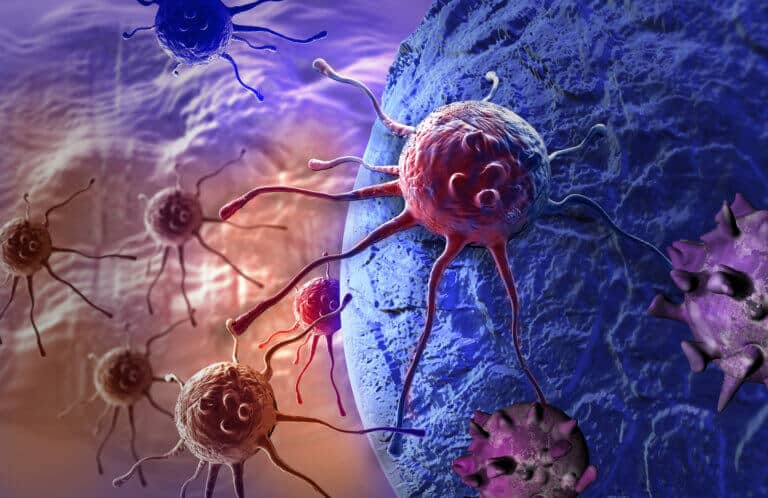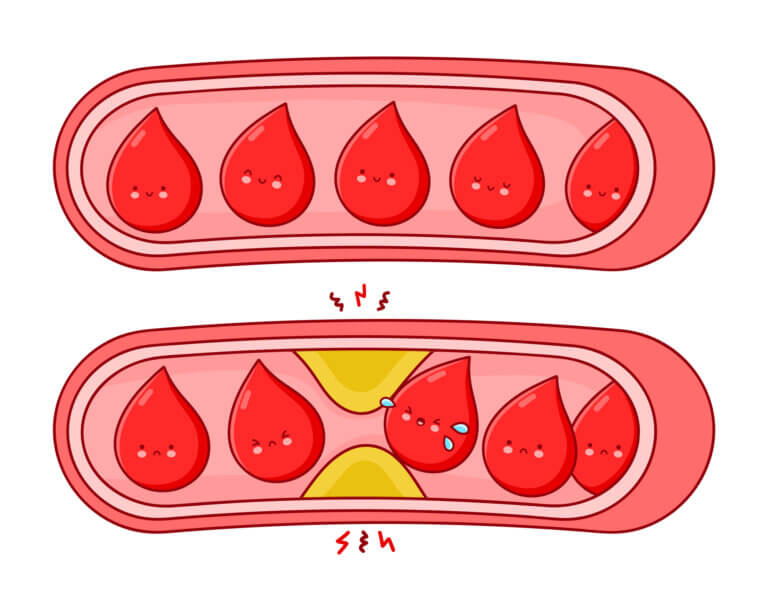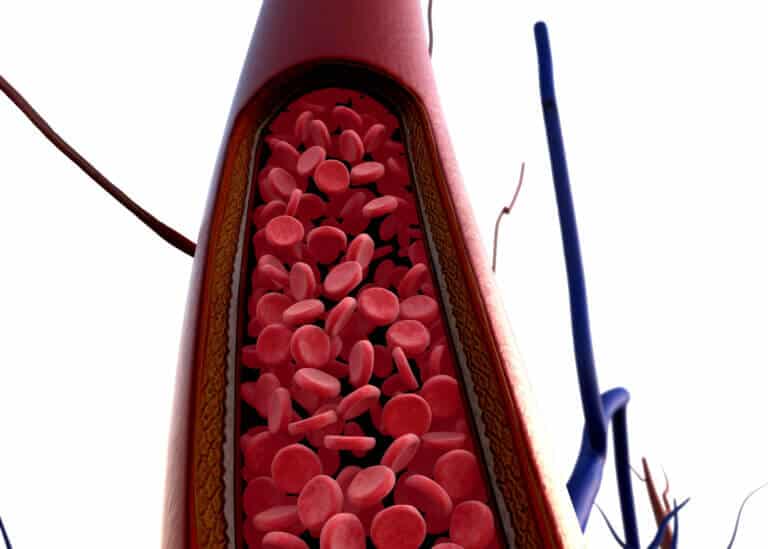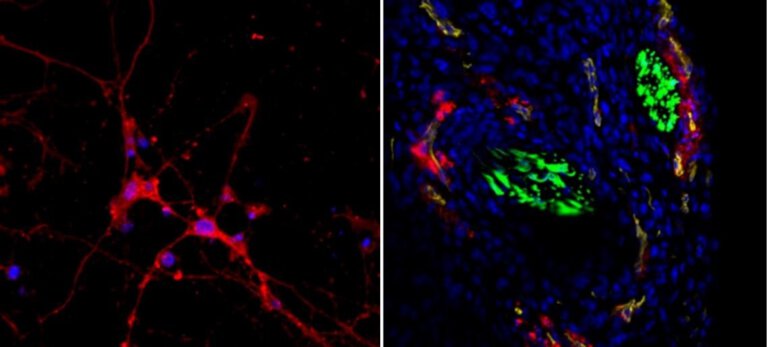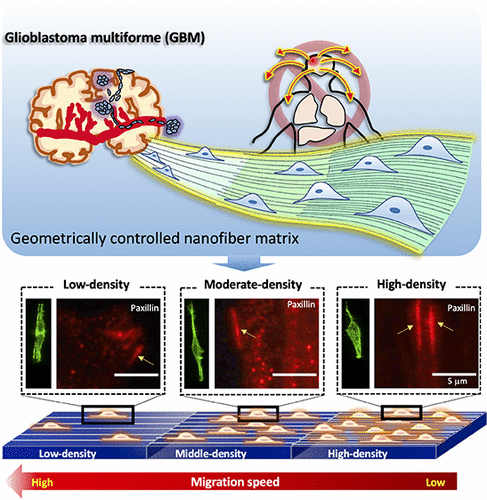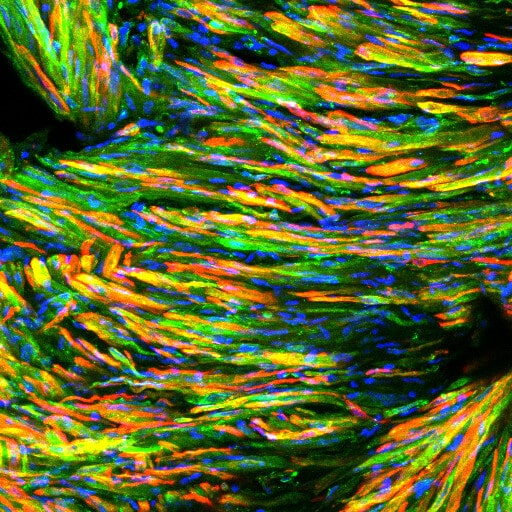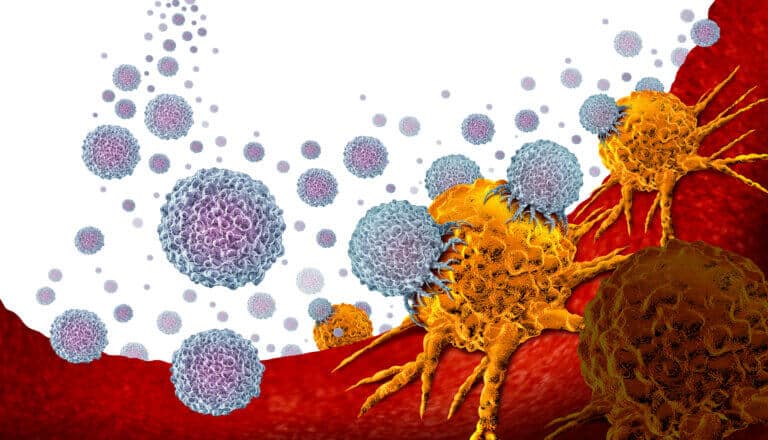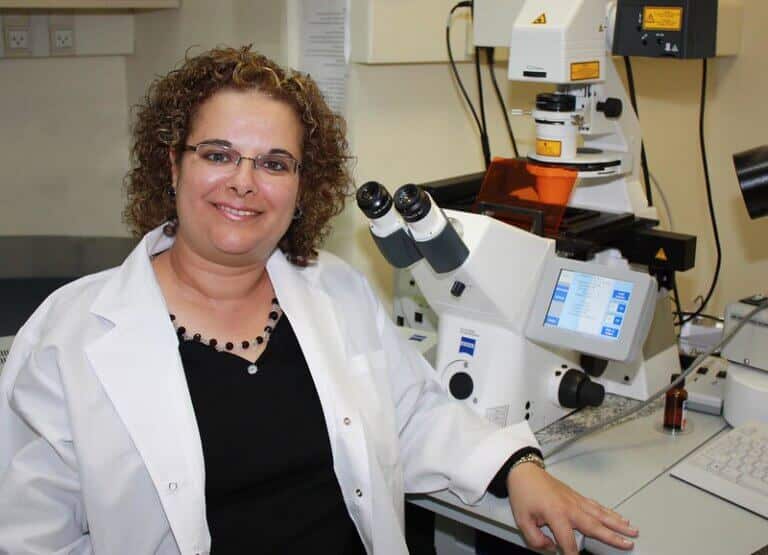Hayadan > Biology and Medicine > medicine > Diseases > Page 4
Diseases
- Dr. Moshe Nahamani
- March 22, 2022
- No comments
Researchers have recently succeeded in developing innovative bio-nanoparticles derived from corn designed to tune into and destroy cancer cells, thanks to the body's own immune system
- The Voice of Science website - the Israel National Science Foundation
- March 18, 2022
An advanced molecular structure may detect and report intracellular activity that may cause cancer
- Tel Aviv University
- March 12, 2022
- No comments
- Weizmann Institute
- February 24, 2022
- The Technion
- February 7, 2022
- No comments
- The science service
- January 18, 2022
- No comments
Oncologists use genomic sequencing to try to refine the treatment of rare cancers - about this and more in the following interview with Dr. Sharon Pels - an oncology expert
- Weizmann Institute
- December 20, 2021
The institute's scientists developed an innovative method for examining hundreds of thousands of cartilage cells in XNUMXD - and with it revealed new information about bone growth
- Weizmann Institute
- December 11, 2021
The surprising discovery of scientists from the Weizmann Institute of Science and Yale University opens up new possibilities for the treatment of diabetes
- Weizmann Institute
- December 8, 2021
Nicotine and other compounds found in cigarettes penetrate the intestine through the bloodstream and change the composition of the intestinal bacteria and their products
- Bar-Ilan University
- December 7, 2021

Prof. Naim Shahada, chairman of the "Galile Literature" project, on numbers, studies, challenges and strategies
- Weizmann Institute
- November 30, 2021
The institute's scientists located a molecule that irreversibly attaches to a protein that contributes to the development of malignant tumors. Their findings may lead to the creation of a new cancer drug
- The Technion
- November 23, 2021
- One response
The technology, based on the Nano-Ghosts platform, makes it possible to reduce the dose of the drug a million times without harming its effectiveness
- The Hebrew University
- November 18, 2021
An innovative development offers a biological device based on stem cells and encourages the creation of new blood vessels, which could replace damaged blood vessels in diabetics suffering from leg ulcers and patients in need of catheterization
- Weizmann Institute
- November 14, 2021
The scientists of the institute discovered that the blood vessels "separate" between cell division and branching in new directions. The findings imply that chemotherapy treatments may encourage the growth of blood vessels in the tumor
- Bar-Ilan University
- November 12, 2021
Personalized-social medicine that is implemented in the Faculty of Medicine of Bar-Ilan University in the Galilee is the key to reducing health disparities and morbidity in the periphery
- Tel Aviv University
- November 7, 2021
"Corona patients are at a threefold increased risk of having a stroke or a heart attack, for example. All the evidence shows that the virus severely damages the blood vessels or the endothelial cells that line the blood vessels. However, until now the entire virus has been treated as one piece. We wanted to find out which proteins within the virus are responsible for this damage," explains Prof. Ben Maoz from Tel Aviv University
- The Hebrew University
- October 28, 2021
An extensive group of researchers published in Science Advances findings that support the effectiveness of the technology they developed: breast cancer treatment using anesthesia of the nervous system around the tumor. The treatment stopped not only the spread of the tumor but also the formation of metastases to other organs
- Dr. Moshe Nahamani
- October 25, 2021
- No comments
Researchers have used high-density nanofibers that mimic the brain's microenvironment to trap cancer cells in research that paves the way for the development of innovative therapeutic solutions for aggressive brain cancers
- The Technion
- October 25, 2021
The conventional treatments for diabetes and insulin resistance are based on the consumption of drugs by injection and ingestion and provide a partial and short-term solution. This is the background for trying to develop long-term systemic solutions, and this is where the new development comes in
- Weizmann Institute
- October 17, 2021
The method that may make the new generation of cancer treatments accessible to more patients
- Tel Aviv University
- October 14, 2021
- No comments
- Bar-Ilan University
- October 12, 2021
- No comments
- The Technion
- October 6, 2021
- 2 תגובות
Atrial fibrillation is a heart disorder that can lead to critical situations such as stroke, and finally death. Artificial intelligence "read" the records of a million EKG records and with its help the researchers were able to discover early signs
- Dr. Moshe Nahamani
- September 7, 2021
- 7 תגובות
Scientists have succeeded in combining a 'covalent organic framework' together with insulin and demonstrated that the combination can significantly reduce the blood sugar levels of diabetic mice * If the process is successful in clinical trials, it will be possible to dispense with insulin injections, and make the lives and balance of diabetics easier
- Tel Aviv University
- September 4, 2021
- No comments
The researchers tested the exposure level of the children using a biomarker - a biological marker - that measures the presence of nicotine in the hair (which indicates cumulative exposure to tobacco smoke). The findings are very worrying: among 7 out of 10 children of smoking parents who participated in the study, nicotine residues were found in the hair

